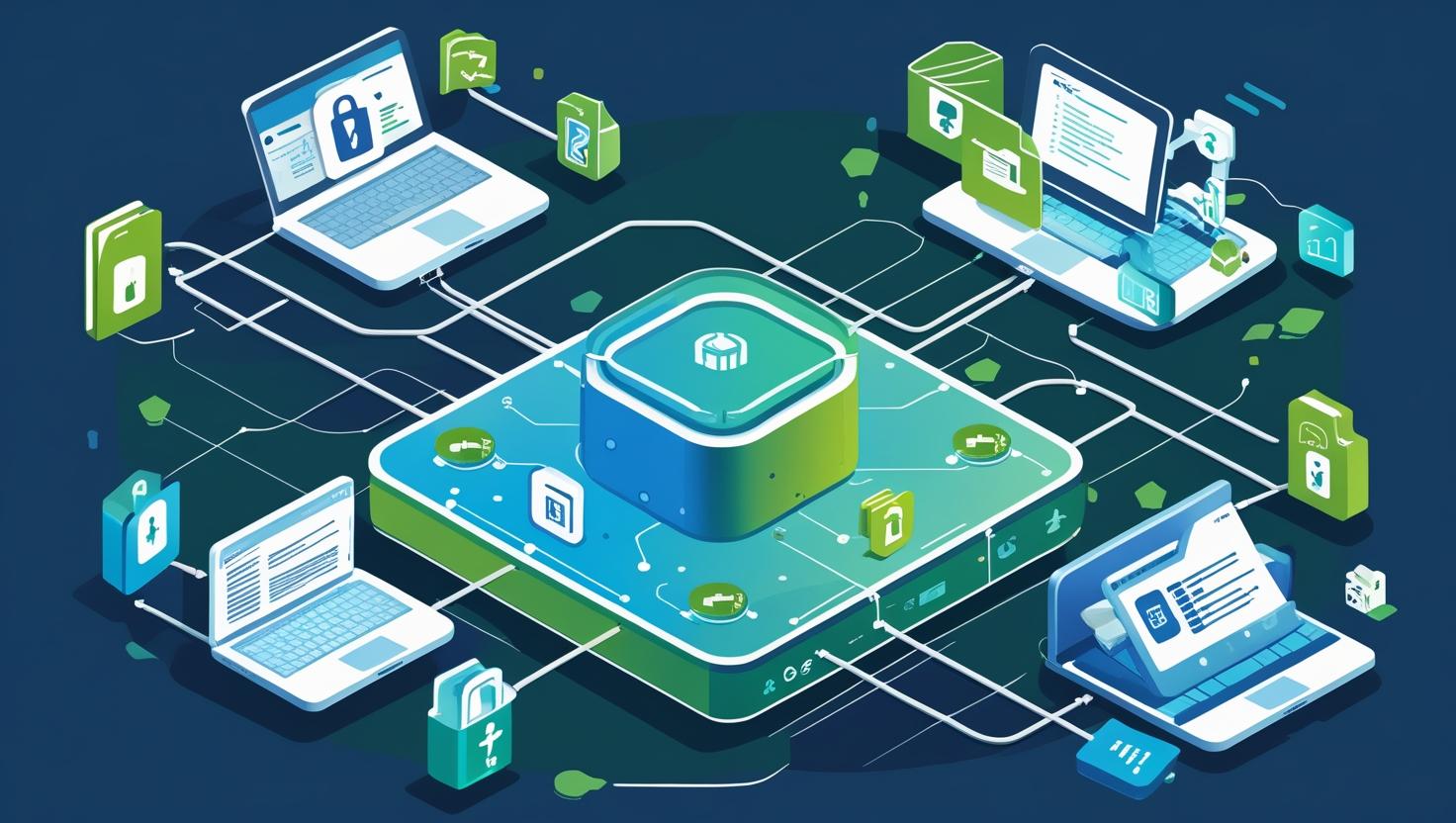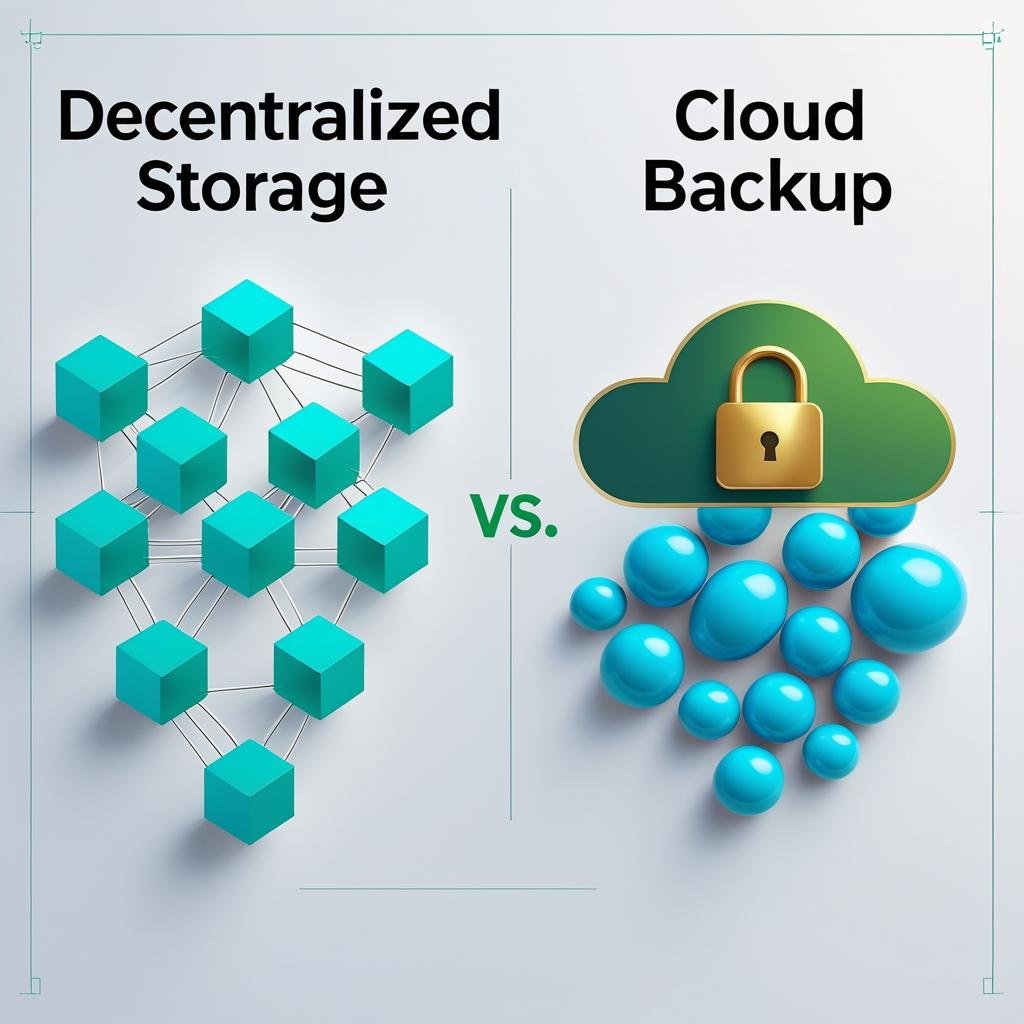Offline Backup vs Cloud Backup Pros and Cons is a critical comparison for anyone serious about data protection. At Spread Safe, we believe understanding both methods empowers individuals and businesses to make informed decisions. Whether safeguarding family photos or critical business documents, choosing the right backup strategy can mean the difference between data recovery and data loss.
By examining Offline Backup vs Cloud Backup Pros and Cons, you’ll discover not only how each method works, but also when one method might outperform the other. In this article, we provide clear, practical insights covering performance, cost, security, and convenience without tech jargon.
1. What Is Offline Backup?
Offline backup, sometimes called local backup, involves saving data to physical storage devices you own like external hard drives, USB flash drives, or network-attached storage (NAS). These backups occur directly on your premises, giving you full control over your data. Backup software may automate the process, but the hardware stays offline and within your physical reach.
Advantages:
Speed: Transferring data via USB or local network is often faster than online uploads.
One-time cost: Buy the drive once and continue backing up without monthly fees.
Complete control: Your backups never leave your home or office.
Limitations:
Vulnerable to physical threats—fire, theft, or hardware failure.
Prone to outdated copies unless scheduled often.
Manual oversight needed to ensure backups are running.
2. What Is Cloud Backup?
Cloud backup services store your data on remote servers managed by third-party providers. Files transfer over the internet and automatically sync at regular intervals. Companies like Google, Dropbox, AWS, and Backblaze store copies across multiple data centers to ensure reliability and redundancy.
Advantages:
Remote access: Retrieve files from anywhere with internet.
Automatic syncing: Schedule backups daily or in real time with minimal effort.
Scalability: Grow storage space as your needs increase.
Drawbacks:
Recurring costs: Monthly or annual fees accumulate with usage.
Internet dependency: Upload and restore speeds depend on connection quality.
Privacy concerns: Data stored off-site may be subject to provider policies or breaches.
3. Offline Backup vs Cloud Backup: Performance Differences
Speed and Efficiency
Offline backups are generally faster during initial seeding or when dealing with very large files. Using USB 3.0, USB-C, or internal NAS over gigabit Ethernet, you can transfer hundreds of gigabytes in under an hour—far quicker than most home internet uplinks.
Restoration Time
Need to restore an entire project folder? Local backups let you copy files directly and quickly. Cloud restores rely on download speeds and can take hours—or even days—for very large datasets.
4. Cost Comparison
Initial Investment vs Ongoing Fees
Offline: Expenses include external drives, NAS units, or tape storage devices. Once purchased, you avoid subscription fees. Replacement and periodic upgrades may occur every few years.
Cloud: Services charge ongoing storage fees—usually per gigabyte. Costs may grow as data accumulates. Beware of hidden charges, such as download fees for certain providers.
Total Cost of Ownership
- Offline is cost-effective for large data volumes stored infrequently.
- Cloud excels for small to moderate datasets, especially when you value convenience and accessibility.
5. Security & Privacy Considerations
Offline Backup
- Physical security is crucial: store backups in a safe or fireproof cabinet.
- No third-party access–only those who hold the device can access data.
- However, physical damage or loss can destroy backups.
Cloud Backup
- Encryption in transit and at rest protects data.
- Top-tier providers offer multi-layered security and compliance standards.
- But potential for breaches and remote hacking exists. A strong password and two-factor authentication are essential.
6. Reliability & Redundancy
Offline Backup
One drive equals a single point of failure.
Best practice: maintain multiple copies—such as external drive and NAS, or rotate devices.
Cloud Backup
Offers built-in redundancy: files are safely stored in multiple data centers.
Even if a provider has an outage, your data remains intact elsewhere.
7. Accessibility & Convenience
Offline Backup
Ideal when internet is slow, capped, or unavailable.
Plug-and-play: no login required, no bandwidth usage.
Cloud Backup
- Access files from any device with internet.
- Set-and-forget automation ensures backups happen routinely without manual triggers.
8. Hybrid Approach: Best of Both Worlds
For most users—home and business—a hybrid backup strategy is optimal. Pair offline and cloud backups:
- Use offline backups for quick access and wholesale data recovery.
- Use cloud backups for disaster recovery and off-site redundancy.
- Regularly test both methods to ensure backups are valid and accessible.
9. When to Choose One Over the Other
Go Offline When:
- You manage large files (like video editing projects) and need speed.
- You have limited or slow internet.
- You prefer one-time costs and full offline control.
Go Cloud When:
- You require remote access and multiple device syncing.
- You prefer automatic protection without managing hardware.
- Off-site backups are important for disaster resilience.
FAQs
Q1. Can I use both offline and cloud backups together?
A: Absolutely. A hybrid approach gives you the speed of local backups and the redundancy of cloud storage.
Q2. How often should I update offline backups?
A: Ideally after any major file changes. A weekly full backup with daily incremental backups is a solid schedule.
Q3. Are cloud backups secure enough for sensitive data?
A: Reputable providers offer end-to-end encryption and compliance standards, but you should also use strong credentials and multi-factor authentication.
Q4. What if my external drive fails?
A: Backing up to multiple drives and keeping a cloud backup ensures you aren’t depending on a single device.
Q5. How do I know which cloud backup plan to choose?
A: Estimate your total data needs, look at per-GB pricing, check for hidden fees like restore charges, and read provider privacy policies.
Conclusion
Choosing between Offline Backup vs Cloud Backup Pros and Cons ultimately depends on your needs—speed, cost, convenience, and security. Offline backups offer fast restoration and no recurring fees, while cloud backups excel at remote accessibility and built-in redundancy. However, pairing both methods through a hybrid strategy ensures comprehensive protection: fast local access and secure off-site copies.
At Spread Safe, we recommend evaluating your data size, internet speed, budget, and comfort level with storage management. With a smart backup plan, you’ll safeguard precious files, shield against threats, and ensure peace of mind—today and tomorrow.




